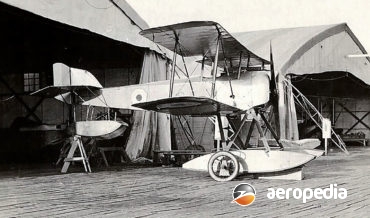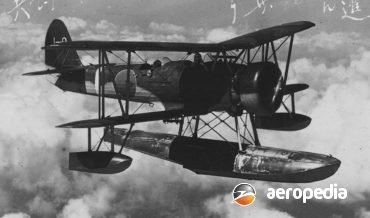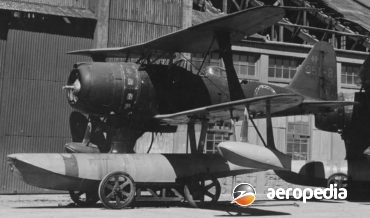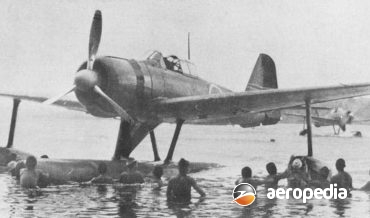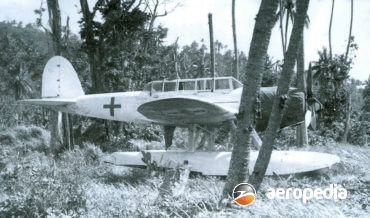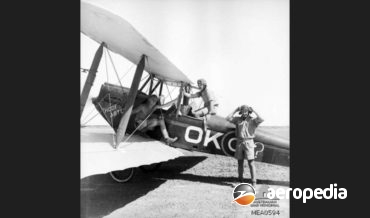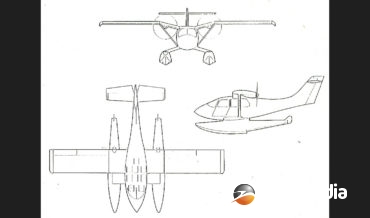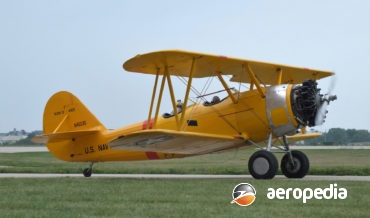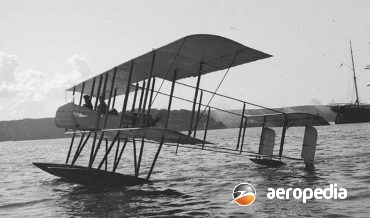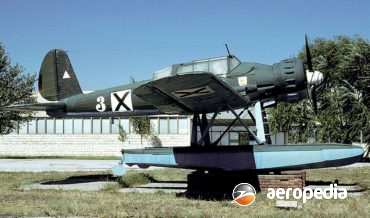All Contents
Contents
The Baby was a development of the Schneider, being a twin float seaplane built for the Royal Naval Air Service.
David C. Eyre
- May 19, 2019
The Japanese Navy issued a specification in 1933 for the development of a two-seat reconnaissance aircraft to operate from vessels of the Imperial Japanese Navy. Three new types were entered in the competition, from Aichi, Kawanishi and Nakajima.
David C. Eyre
- May 19, 2019
In the 1930s, as part of its interest in the Pacific region, Japan saw the need for floatplanes to operate from sheltered waters of the south Pacific islands in its future campaigns.
David C. Eyre
- May 19, 2019
Single-engine fighter and fighter-bomber seaplaneDue to the lack of available airstrips on some of the islands Japanese forces were taking during World War II it was decided to develop a floatplane fighter version of the Mitsubishi A6M Zero-Sen fighter, and, as Mitsubishi was fully involved in producing the land-based variant,
David C. Eyre
- May 19, 2019
The Heinkel He 114 was a two-seat twin float shipboard reconnaissance seaplane built for the German Navy.
David C. Eyre
- May 19, 2019
In 1937 the Japanese Navy sought the design of a three-seat reconnaissance floatplane, and a specification was issued to a number of aircraft manufacturing companies.
David C. Eyre
- May 19, 2019
The Ca 100 was produced in Milan, Italy from 1929 and was a licence-built variant of the DH-60 Moth.
David C. Eyre
- May 17, 2019
Seair Pacific Pty Ltd of Airlie Beach, QLD was set up in the mid-1980s to build a full-size prototype of an eight-passenger commercial seaplane powered by two engines in the pusher configuration.
David C. Eyre
- May 8, 2019
The N3N series of biplane trainers was designed and produced by the US Navy’s Bureau of Aeronautics.
David C. Eyre
- May 8, 2019
A Farman Shorthorn was imported in 1914 by well known Sydney businessman, Lebbeus Hordern and part of the Anthony Horderns empire which operated the large Anthony Horderns store in the city of Sydney
David C. Eyre
- May 8, 2019
The Ar 196 was designed as a two-seat low-wing reconnaissance floatplane in 1937 for operation from German Navy (Kriegsmarine) warships and was built at the Arado Flugzeugwerke at Warnemunde.
David C. Eyre
- May 8, 2019
Recent Comments
Archives
Categories
- No categories
Categories
- No categories
Latest Posts
Newsletter

